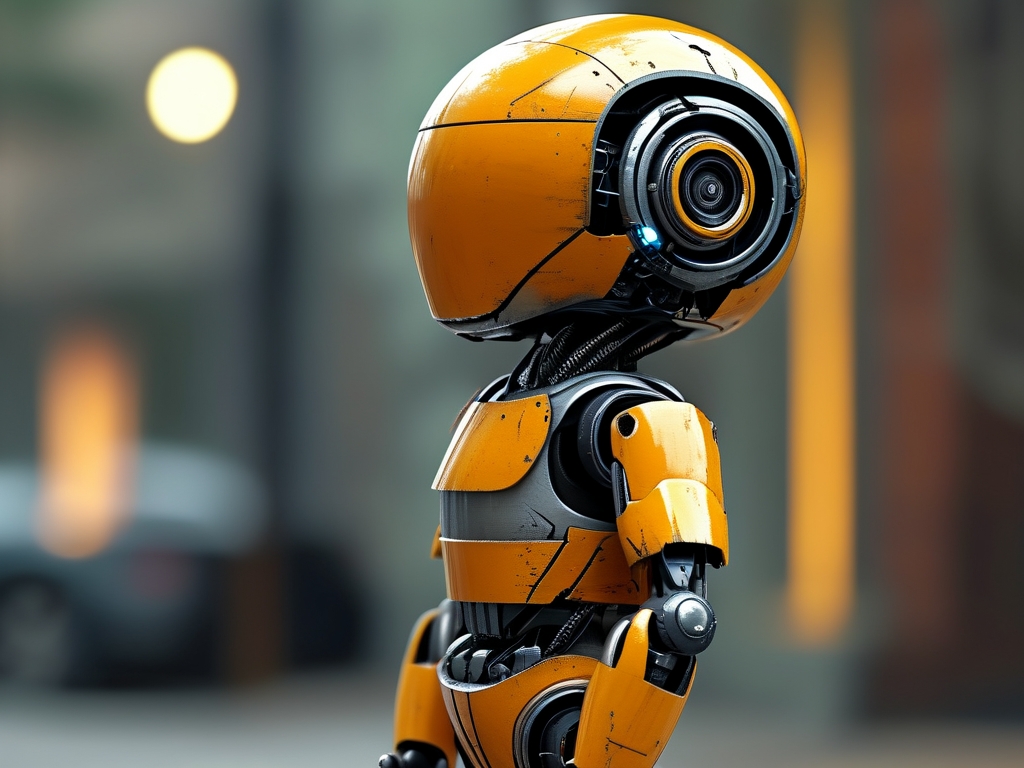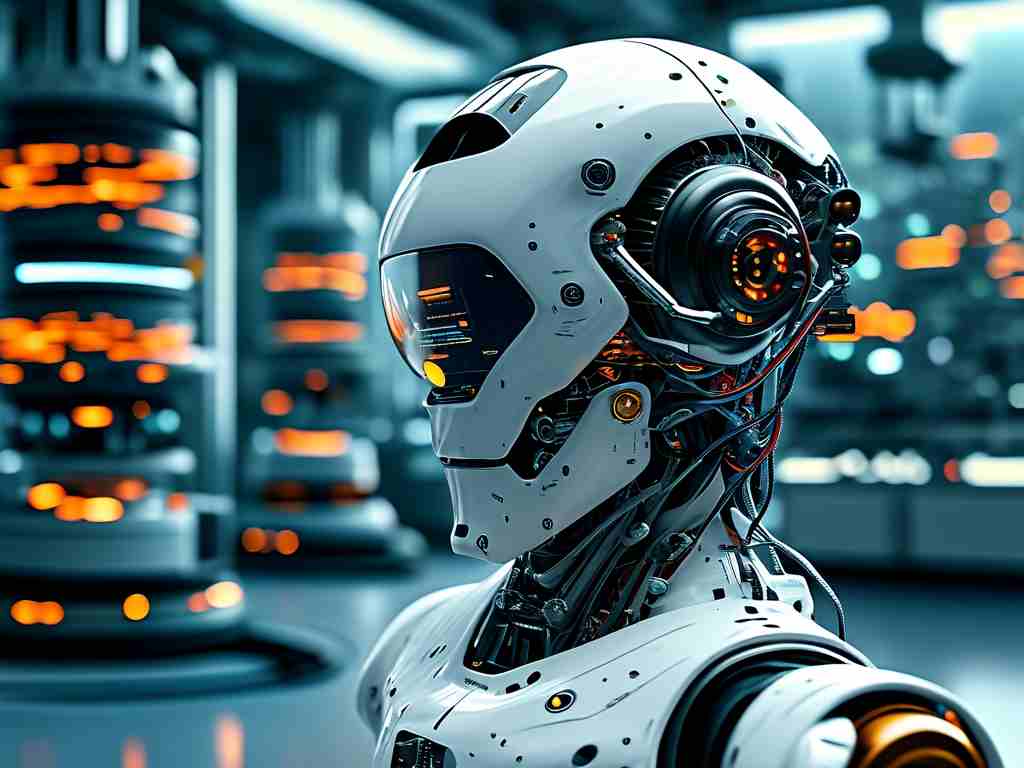The ability for robots to autonomously rise and maintain stable standing positions is a cornerstone of modern robotics, enabling applications ranging from industrial automation to disaster response. Robot rising and standing control technology has evolved significantly over the past decade, driven by advancements in sensors, algorithms, and mechanical design. This article explores the principles, challenges, and innovations in this field, highlighting its transformative impact on robotics.

The Importance of Rising and Standing Control
For humanoid or quadruped robots, the capacity to stand up after a fall or transition from a resting pose to an upright position is critical for operational reliability. In unstructured environments—such as disaster zones or uneven terrains—robots must recover autonomously to continue tasks without human intervention. Rising control also underpins dynamic movements like walking, running, and climbing, making it a foundational capability for advanced mobility.
Core Components of the Technology
- Sensor Integration: Modern robots rely on inertial measurement units (IMUs), force-torque sensors, and vision systems to assess their posture and environment. IMUs provide real-time data on orientation and acceleration, while force sensors detect contact points with the ground. Cameras and LiDAR help map surroundings, enabling context-aware adjustments during rising motions.
- Control Algorithms: Model predictive control (MPC), reinforcement learning (RL), and hybrid feedback systems are widely used to optimize balance and energy efficiency. For example, RL allows robots to "learn" optimal rising strategies through simulation-based training, while MPC adjusts joint torques in real time to counteract destabilizing forces.
- Mechanical Design: Lightweight yet durable actuators, compliant joints, and adaptive feet enhance a robot’s ability to redistribute weight during standing. Biomimetic designs, inspired by human or animal anatomy, improve natural motion patterns.
Technical Challenges
Despite progress, several challenges persist:
- Balance Under Uncertainty: External disturbances (e.g., uneven surfaces or collisions) require rapid recalibration of joint angles and center of mass.
- Energy Efficiency: Rising motions demand high torque, straining battery-powered systems. Optimizing actuator usage without compromising stability remains a key focus.
- Generalization: Robots trained in controlled environments often struggle to adapt to novel scenarios, necessitating robust fail-safes and adaptive algorithms.
Case Studies in Innovation
- Boston Dynamics’ Atlas: This humanoid robot employs a hierarchical control system to perform complex maneuvers, including rapid recovery from prone positions. Its hydraulic actuators and dynamic balancing algorithms enable human-like agility.
- ETH Zurich’s ANYmal: A quadruped robot that uses RL to master recovery. By simulating thousands of falling scenarios, ANYmal learns to reposition its limbs efficiently, minimizing energy expenditure.
- Toyota’s Human Support Robot (HSR): Designed for elderly care, HSR uses soft robotics principles to safely rise from a seated position, ensuring stability even when interacting with humans.
Future Directions
The next generation of rising control systems will likely integrate AI more deeply. For instance, digital twin technology—creating virtual replicas of robots—could enable real-time performance testing and algorithm refinement. Additionally, advancements in materials science, such as self-healing polymers or shape-memory alloys, may reduce mechanical wear during repetitive motions.
Another promising area is swarm robotics, where multiple robots collaborate to assist each other in recovering from falls. This approach mimics social animals like ants, enhancing collective resilience in challenging environments.
Ethical and Practical Considerations
As robots become more autonomous, ensuring safety in human-centric environments is paramount. Strict protocols for fail-safe shutdowns and collision avoidance must accompany technical advancements. Moreover, energy-efficient designs will be crucial for sustainability, particularly in large-scale deployments.
Robot rising and standing control technology represents a fusion of mechanics, AI, and sensor innovation. By addressing current limitations and embracing interdisciplinary collaboration, researchers are paving the way for robots that operate seamlessly in dynamic, real-world settings. From healthcare to exploration, the ability to rise and stand autonomously will remain a defining feature of next-generation robotics, bridging the gap between laboratory prototypes and practical, life-changing applications.









